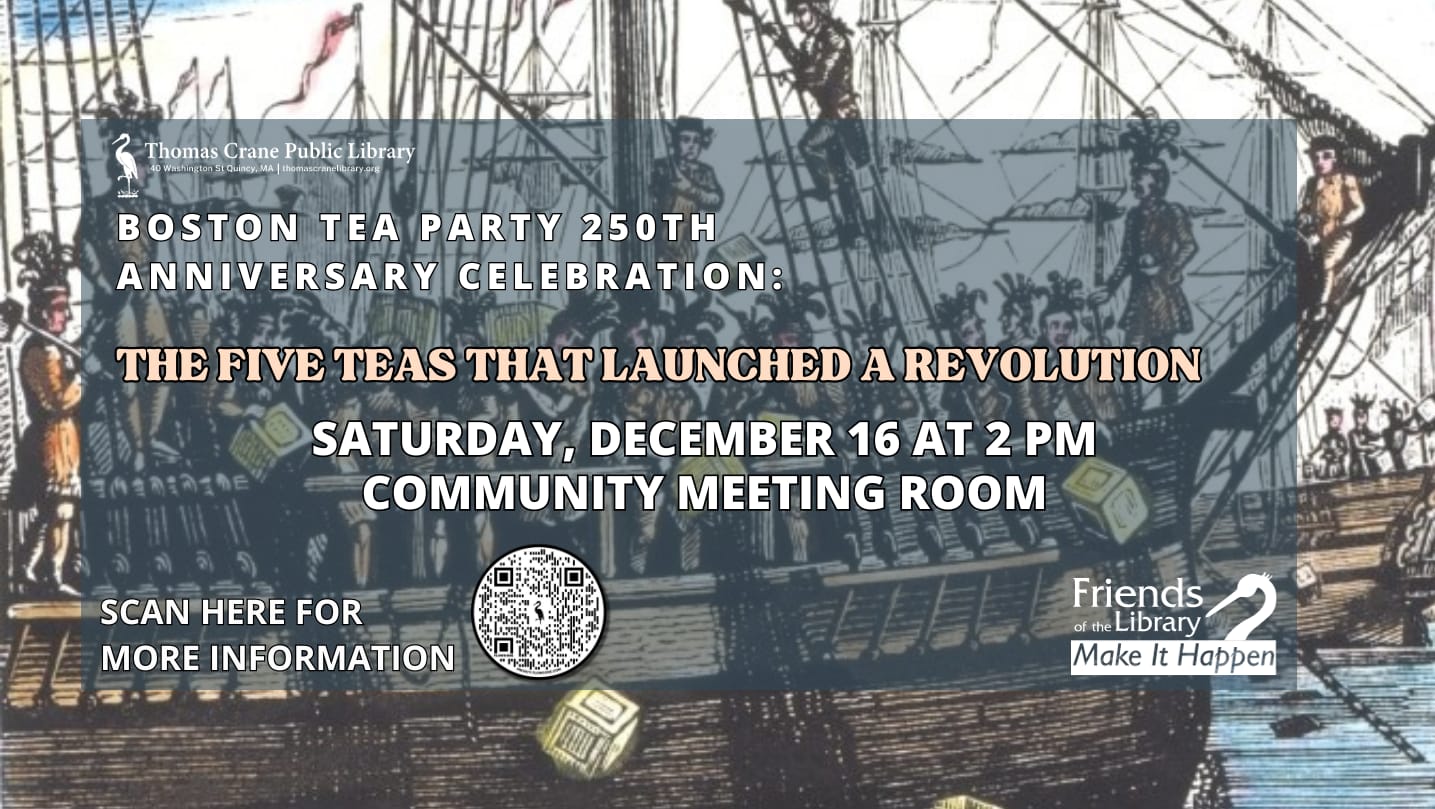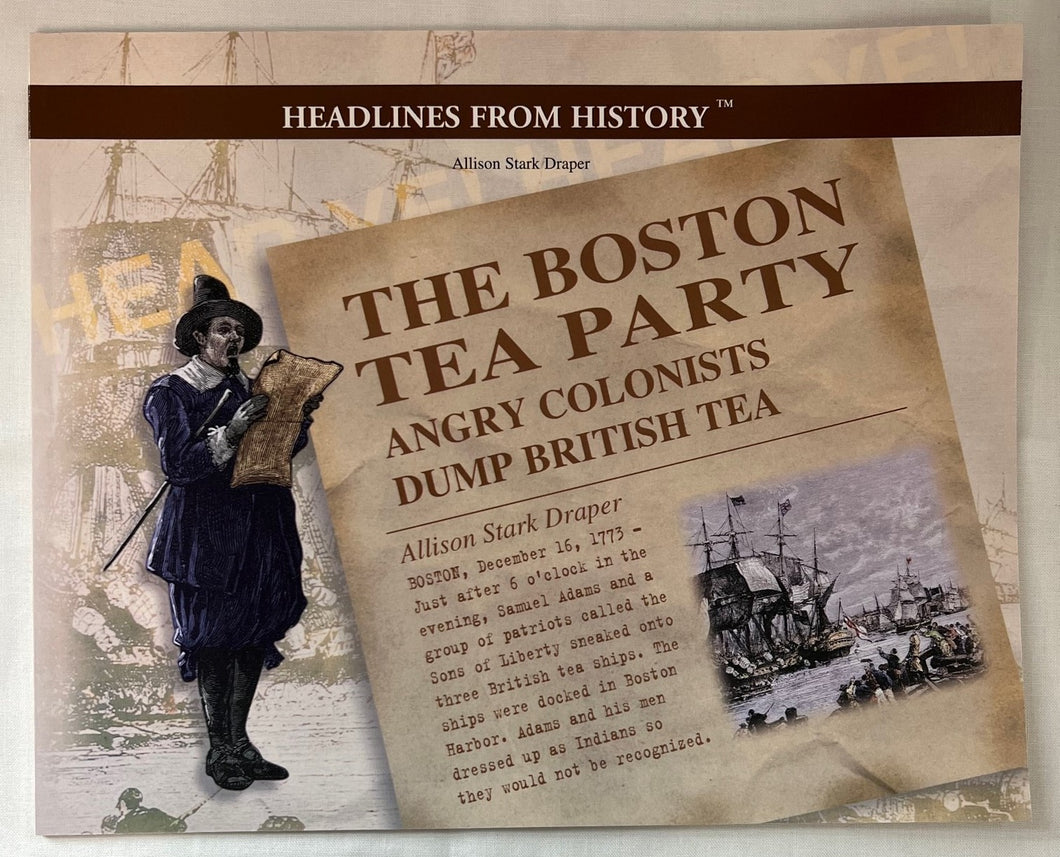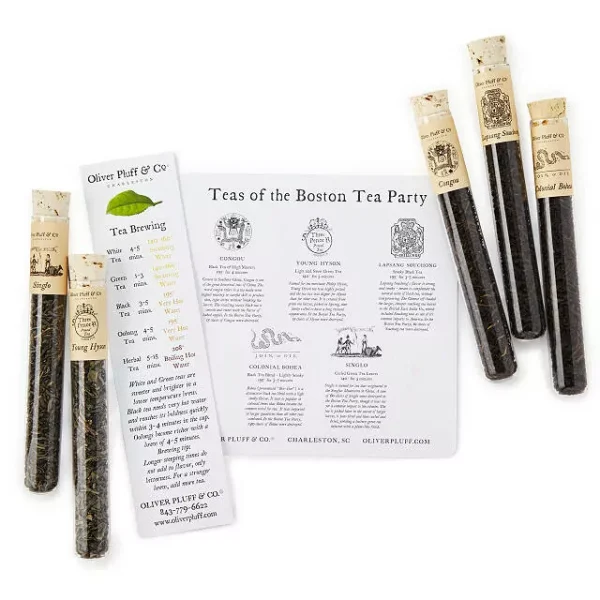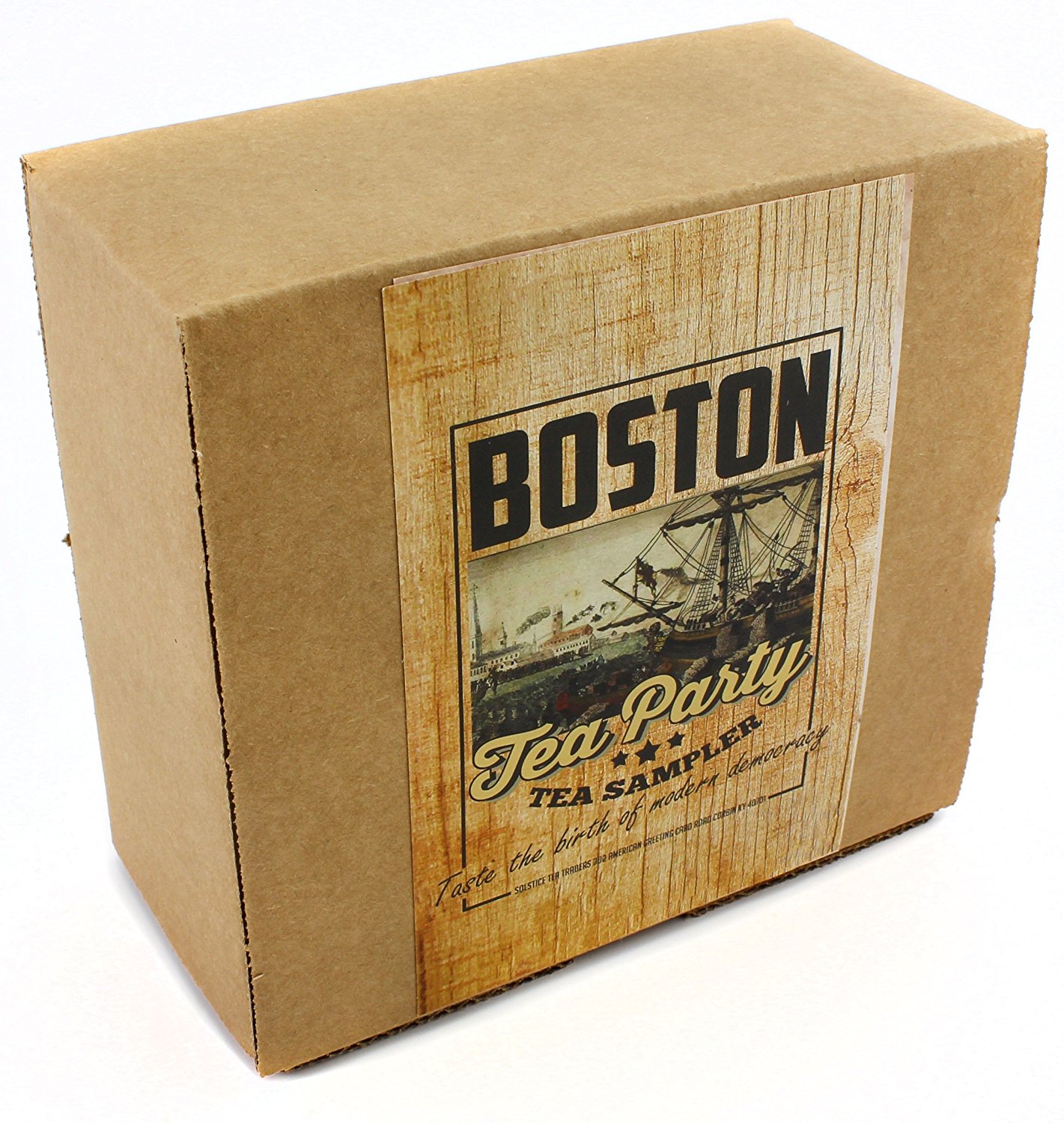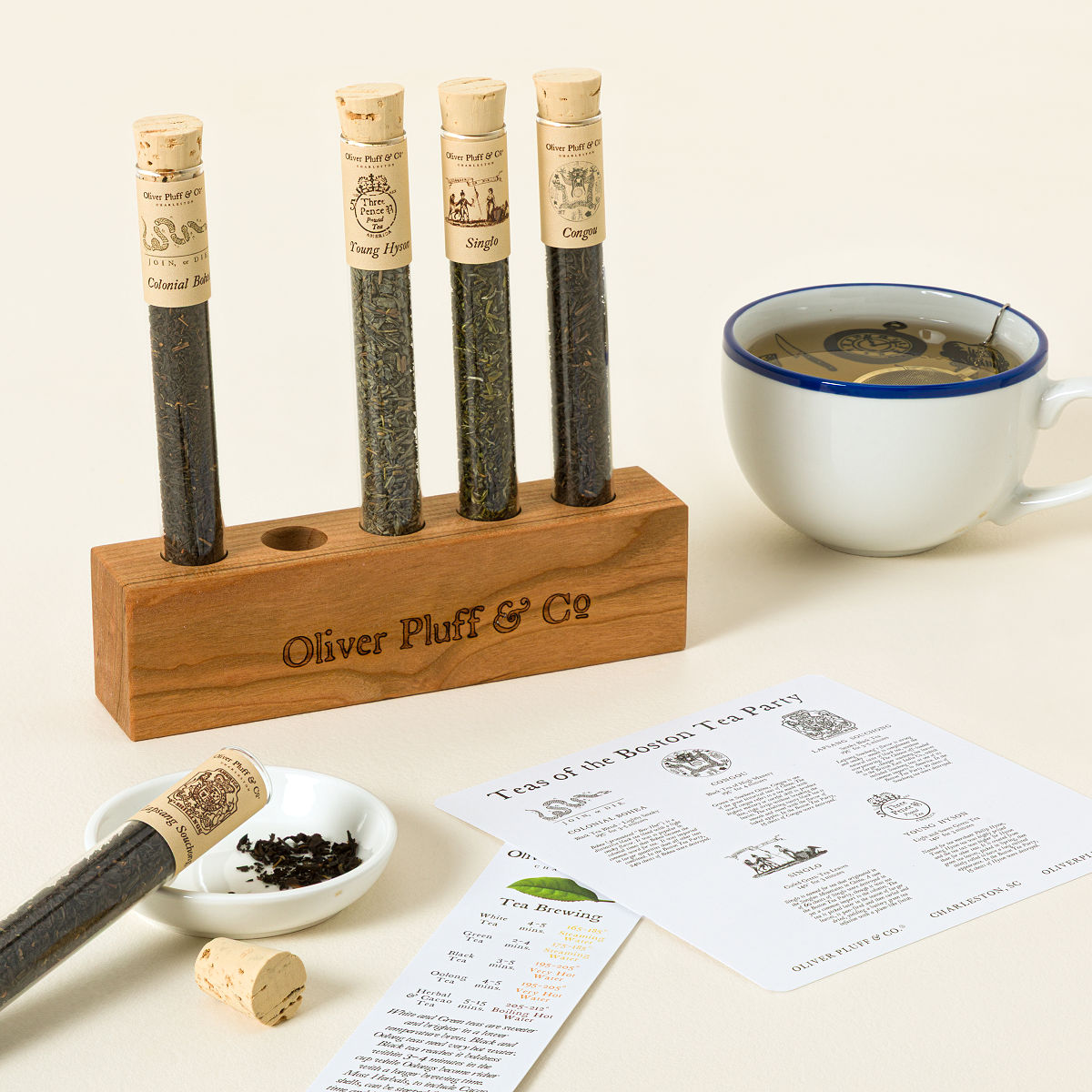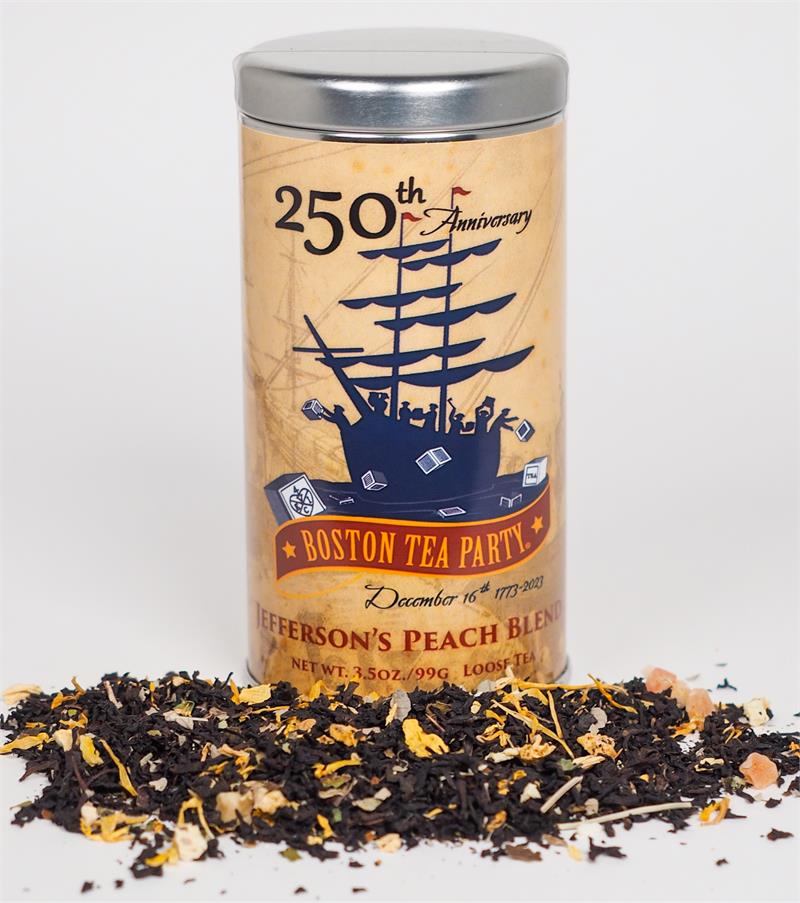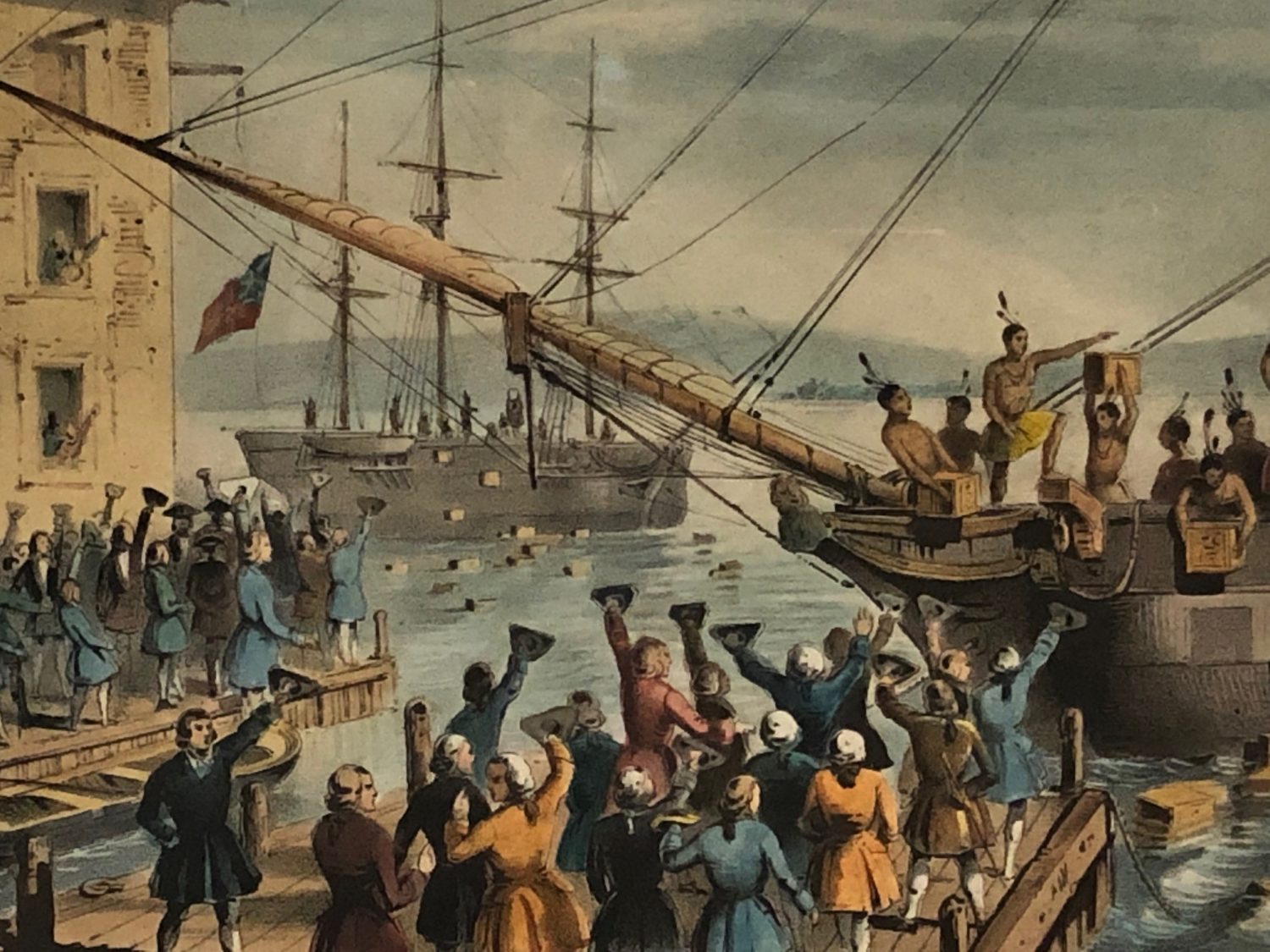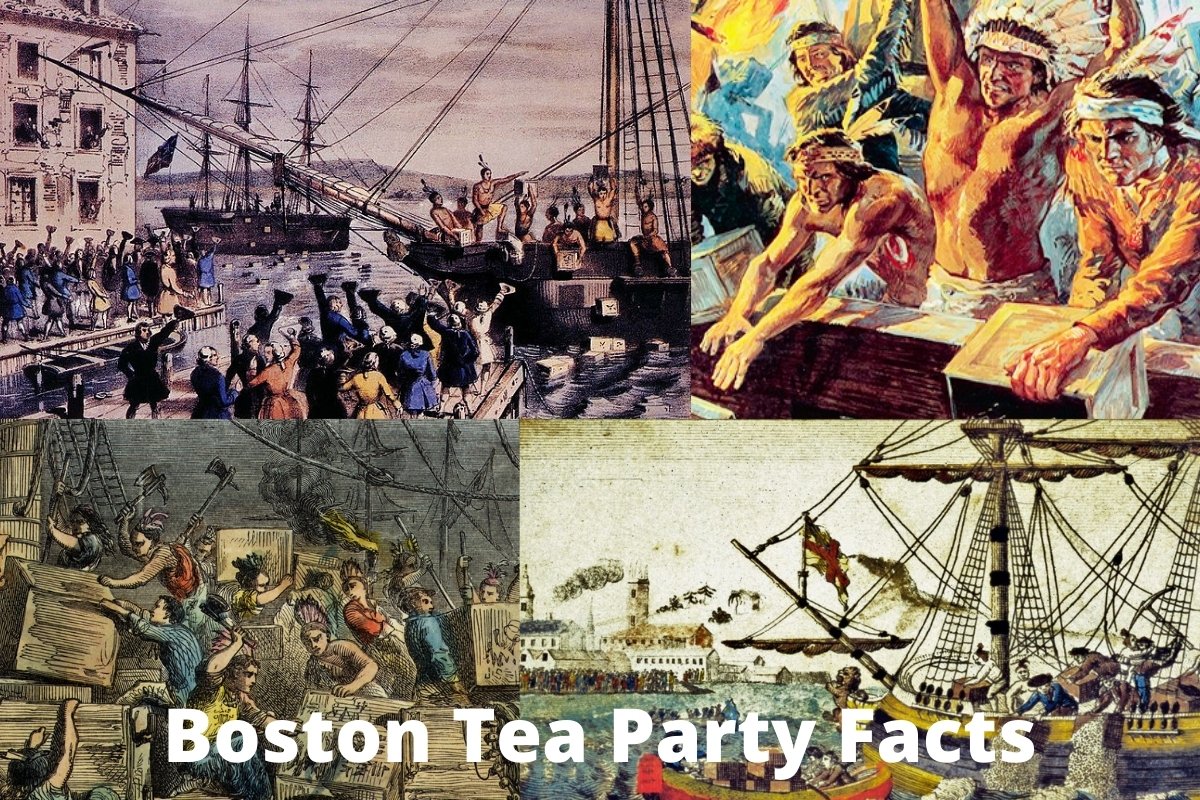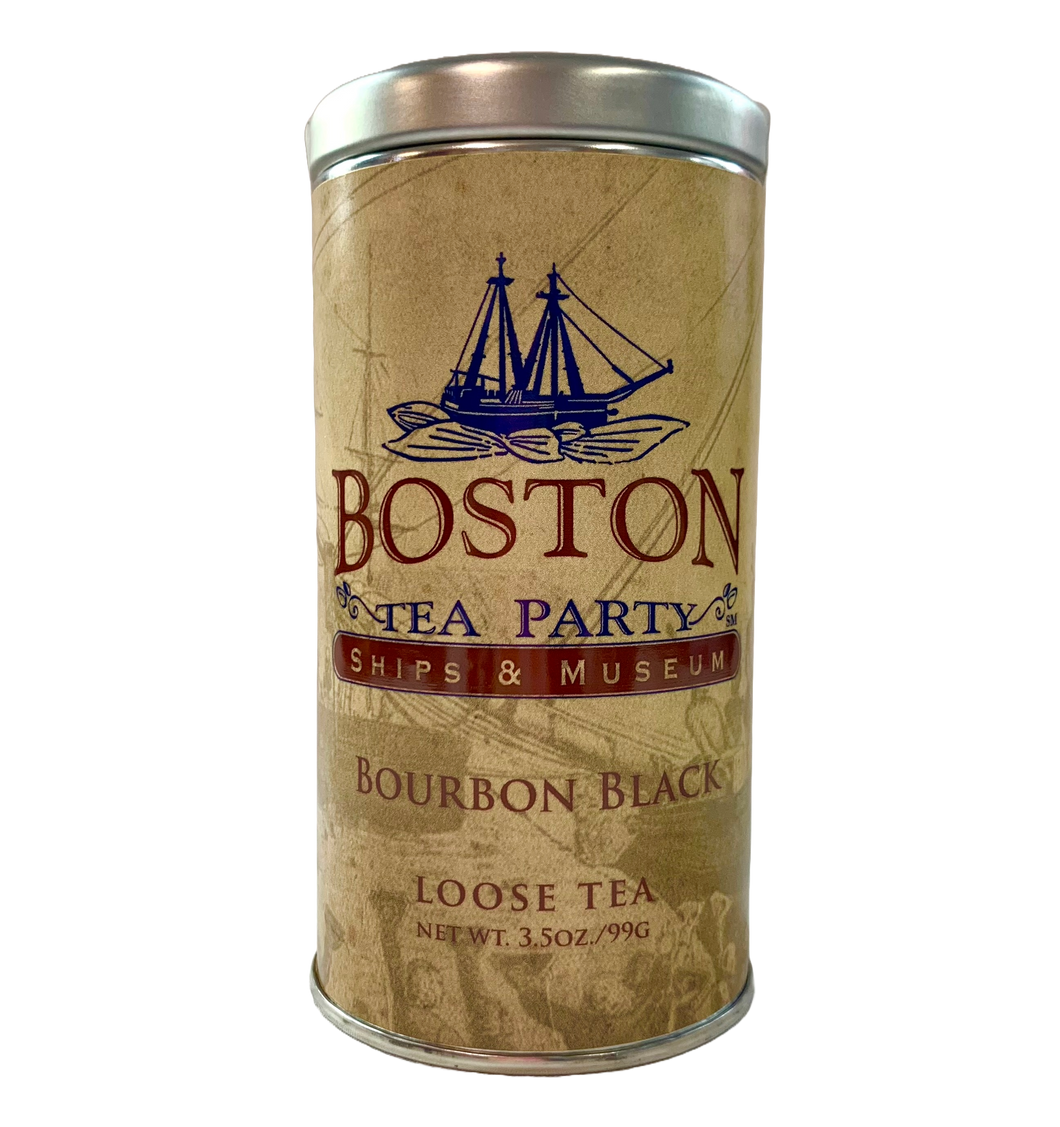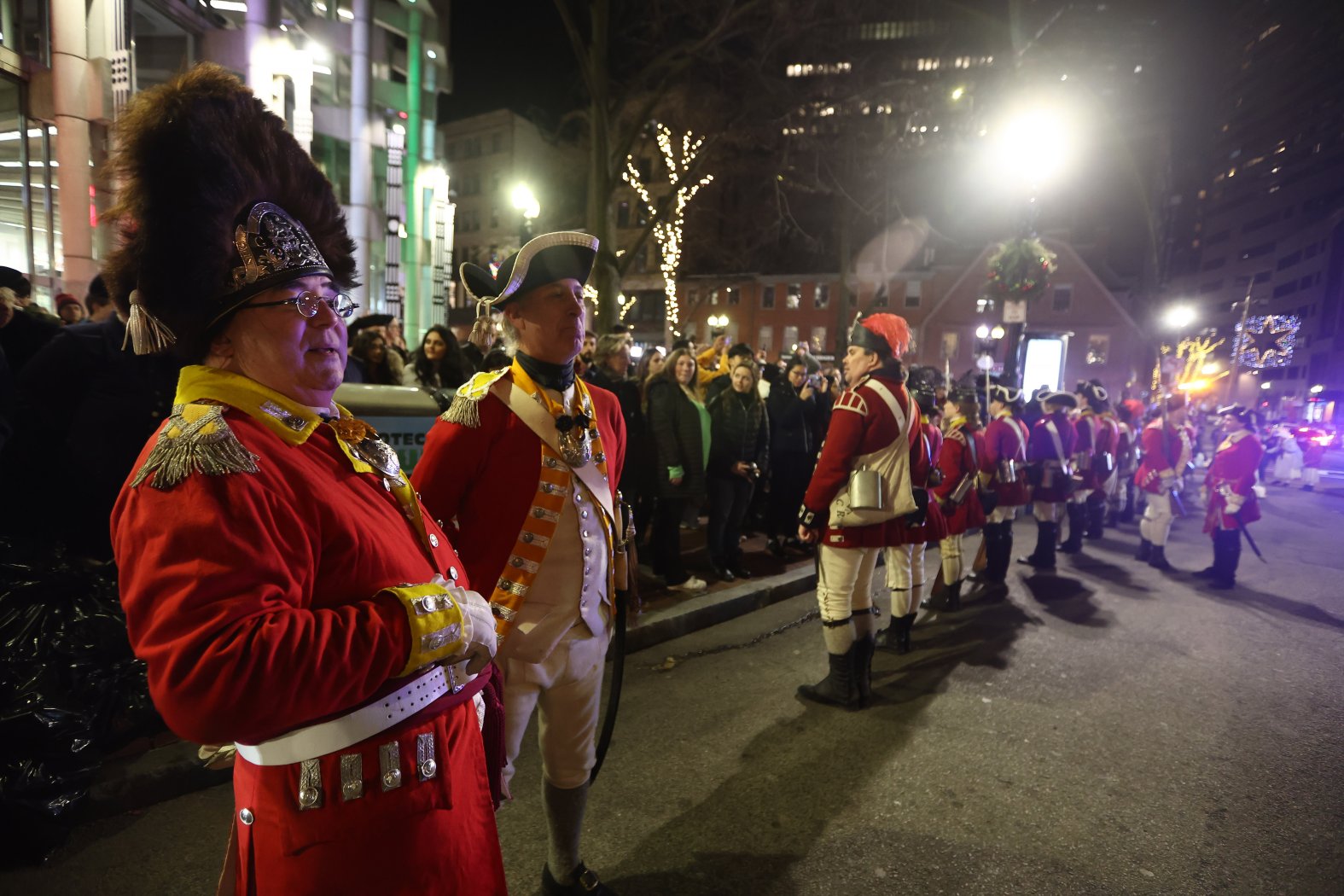Teas Of The Boston Tea Party

Imagine the salty tang of the Boston harbor air, the chill of a December night biting at exposed skin. A hushed energy crackles through the crowd gathered at Griffin's Wharf, the only light emanating from flickering lanterns casting long, dancing shadows on the three ships looming in the darkness. Not crates of gold, not jewels, but something far more potent and symbolic filled those wooden chests: tea.
The Boston Tea Party, an iconic act of defiance, wasn't just about any old tea. It was about specific types of tea, each with its own story and journey, that had become a flashpoint in the escalating tensions between Great Britain and its American colonies. Understanding these teas unlocks a deeper understanding of the event itself and the motivations behind it.
The Leaves of Liberty: Unpacking the Teas of the Boston Tea Party
The infamous night of December 16, 1773, saw 342 chests of tea tossed into the Boston harbor. These weren't just random shipments; they were carefully selected varieties from the East India Company, a powerful entity with a monopoly on the tea trade.
A Trio of Troubles: The Teas in Question
The three main types of tea destroyed were Bohea, Singlo, and Souchong. Each held a distinct flavor profile and played a unique role in the tea-drinking habits of colonial America. Understanding their characteristics sheds light on what the colonists were rejecting, not just in terms of taxation, but also in terms of economic and political control.
Bohea, a black tea from the Wuyi Mountains of China, was perhaps the most common and affordable of the three. It was a hearty, robust brew, known for its slightly smoky flavor and ability to withstand long sea voyages. It was the everyday tea for many colonists, representing a staple in their households.
Singlo, a green tea from the Anhui province of China, offered a lighter, more delicate alternative. Its name, derived from the Chinese mountain range where it was cultivated, hinted at its higher quality and, consequently, higher price. It was preferred by those with more discerning palates and the means to afford it.
Souchong, another black tea, was prized for its distinctive smoky aroma, often attributed to the way it was processed over pine fires. This gave it a unique and highly sought-after flavor profile, placing it among the more luxurious teas available. Its distinct characteristics made it a favourite among tea connoisseurs in both England and the colonies.
From East to West: The Journey of Tea
The journey of these teas from the far-flung tea gardens of China to the tables of colonial America was a complex and arduous one. The East India Company played a pivotal role in this global trade network, controlling the supply chain and wielding considerable political and economic influence. Their ships braved treacherous seas, navigating around the Cape of Good Hope, to bring these precious leaves to European and American shores.
Once landed, the tea was subject to various taxes and duties, including the infamous Tea Act of 1773. This act, while actually lowering the price of tea, was seen as a deliberate attempt by the British government to undermine colonial merchants and enforce Parliament's right to tax the colonies without their consent. It was the principle, more than the price, that fueled the colonists' outrage.
Beyond the Brew: The Symbolic Weight of Tea
Tea, in 18th-century colonial America, was more than just a beverage; it was a social ritual, a symbol of civility, and a reflection of status. Afternoon tea was a common practice, especially among the wealthier classes, providing a space for conversation, connection, and the display of refinement.
By destroying the tea, the Sons of Liberty weren't just protesting taxation; they were rejecting the authority of the British Crown and challenging the economic dominance of the East India Company. They were sacrificing a valued commodity to make a powerful political statement, demonstrating their commitment to liberty and self-governance.
The Aftertaste of Rebellion: Legacy and Reflection
The Boston Tea Party was a pivotal moment in the lead-up to the American Revolution. It galvanized colonial resistance, prompting further acts of defiance and ultimately leading to armed conflict. The image of colonists disguised as Native Americans dumping tea into the harbor became an enduring symbol of American courage and determination.
Today, while we may enjoy a cup of tea without the weight of political turmoil, it's important to remember the history embedded within those leaves. The teas of the Boston Tea Party represent a turning point in American history, a testament to the power of collective action and the enduring pursuit of freedom.
Thinking about those specific teas—the robust Bohea, the delicate Singlo, the smoky Souchong—connects us to the lived experiences of those colonists. Their choice to sacrifice something they valued, to risk everything for a principle, resonates even now, a reminder that the fight for liberty is often brewed in the face of adversity.
